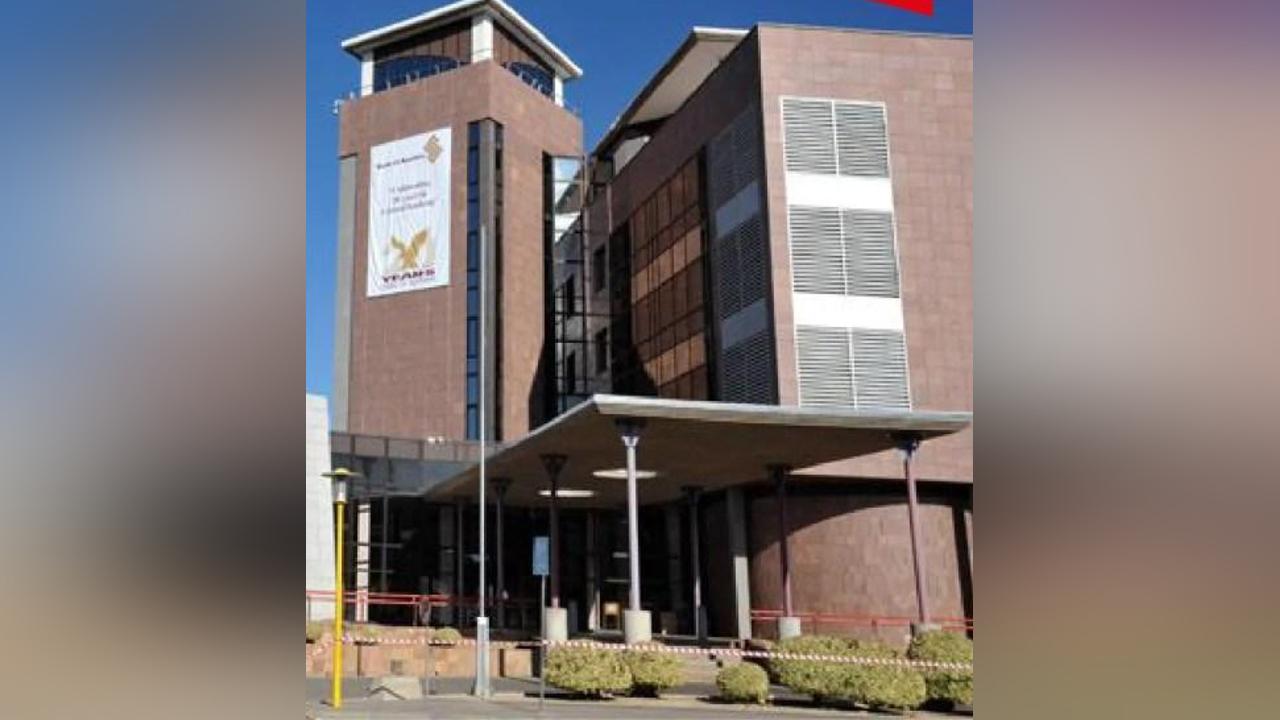Africa-Press – Namibia. PRIVATE sector credit extension increased to 3.9% year on year (y/y) in March 2023, compared to 3.1% y/y in February. For 1Q2023, annual credit growth averaged 3.2%, compared to 2.5% in 1Q2022.
Year to date, credit growth has averaged 3.2%, showing signs of improvement following a weak start to the new year when January recorded meager 2.6% annual growth in credit.
Adjusting for inflation, real private sector credit extension paints a different picture. Since December 2020 to date, real private sector credit extension has been negative, indicating that less credit has been extended to the private sector. In other words, the nominal value of credit is growing at a slower pace than inflation, and so the real value of credit is decreasing.
According to analysts at Somonis Storm Securities, real credit growth can be negative due to low consumer demand for credit or if banks are unwilling to lend or experiencing difficulties providing credit due to other factors. “Based on our engagements, it seems a bit of both are at play. Some banks see demand for credit, but then their internal models have become very restrictive. Other banks do not see bankable projects and are unwilling to take on excessive risk, whilst other banks are keen to give loans but their head office in South Africa is not. These factors partly explain our low credit growth data points,” said Angelique Bock, economic analyst at Somonis Storm Securities.
She added that negative credit growth has consequences for economic growth as it could lead to a decrease in investment as businesses battle to obtain credit in this environment. “Our economic recovery from the lockdown-induced recession has not been broad-based, with growth being focused on only a select few sectors. Only 42% of all the sectors in our economy have recovered back to pre-pandemic levels, for example. This could partly explain why some banks do not see bankable or financially viable projects at the moment,” Bock said.
On the contrary, household credit grew by 5.4% y/y in March 2023, compared to 5.0% y/y in February 2023. This was the fastest pace in household credit growth since May 2020.
Bock explained that due to high inflation levels, high unemployment rates, rising interest rates, and economic uncertainty, banks may be less inclined to extend credit in a higher default risk environment. Average non-performing loan ratios across locally listed banks have increased materially since 2019, and the same can also be said of credit loss ratios. Additionally, the average loan-to-deposit ratio from all listed banks remains on a downward trend since 2015, indicative of deposit growth outpacing loan advances.
“Although our economic recovery is in the early stages, credit growth will have to improve to support improved economic growth rates going forward. Of course, a myriad of other factors also needs to change to support higher growth, but prolonged negative real credit growth can limit growth. Various factors would likely have to change, whether it’s the mathematics behind internal models used to assess credit risk by banks or local businesses and entrepreneurs coming forth with better ideas that are bankable,” Bock concluded.
From the factors discussed earlier, higher interest rates are not necessarily seen as a deterrence to credit demand. However, analysts expect the Bank of Namibia to hike its repo rate by 25bps at their next Monetary Policy Committee meeting on 14 June 2023. This will take the repo rate from 7.25% to 7.50%, and analysts expect the repo rate to remain unchanged thereafter until year-end.
For More News And Analysis About Namibia Follow Africa-Press






